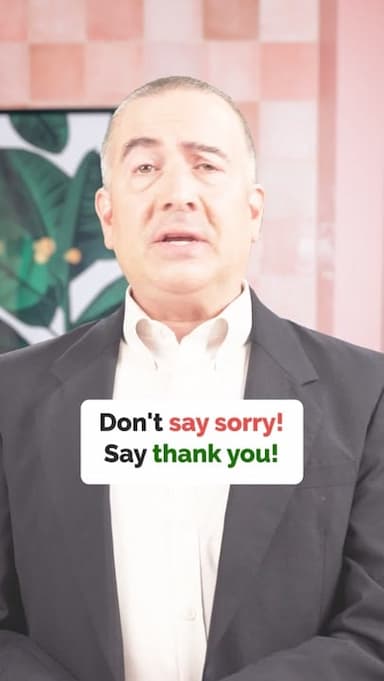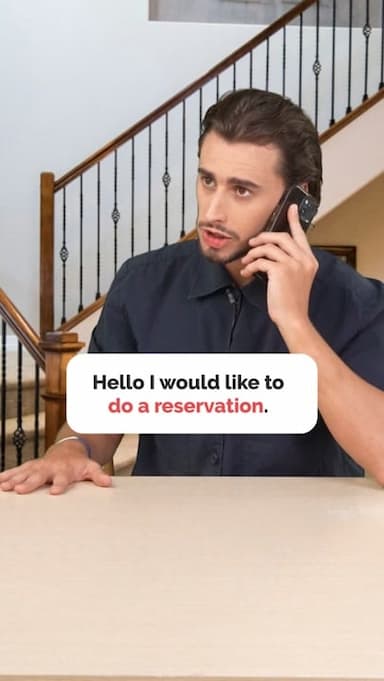Diplomatic Tips: Change to Past Simple Tense
In this video, we share valuable tips on how to sound more diplomatic in English by changing the grammar from present simple tense to past simple tense. This subtle shift can make your questions and statements appear less direct and more courteous.
Why Use Past Simple Tense?
Present simple tense can sometimes come off as too direct, which may be perceived as impolite or overly blunt. Using past simple tense softens your language, making your communication more diplomatic and considerate.
Examples:
- Present Simple: "When is the next meeting?". This question might sound too demanding.
Past Simple: "When did you say the next meeting was?". This phrasing is more polite and implies that you are recalling previously given information. - Present Simple: "What's your name?". This can sound abrupt or intrusive.
Past Simple: "What did you say your name was?". This version sounds more respectful and acknowledges that the person might have already introduced themselves.
Practical Tips:
- When asking for information, frame your questions in past simple tense.
- This technique can be especially useful in professional or formal settings where politeness is crucial.
By adopting this diplomatic approach, you can improve your communication skills and make a positive impression in both personal and professional interactions. Watch the video, practice the examples, and start using past simple tense to sound more polite and considerate.
Get the full app experience
Engaging video lessons and fun quizzes to help you ace your English.
Improve your English Level
Improve your pronunciation
Practice conversations
Sharpen your listening Skills
Fix common mistakes in English
Learn Grammar in a fun way
Expand your English Vocabulary
Coming soon to Google Play

© 2023 fluentjoy.com











